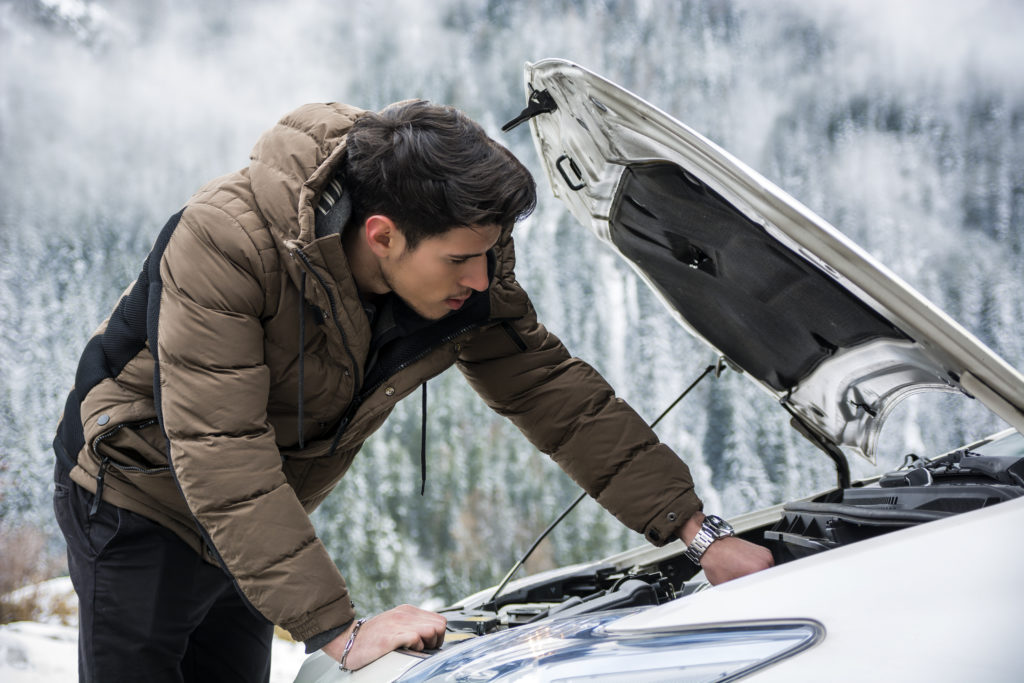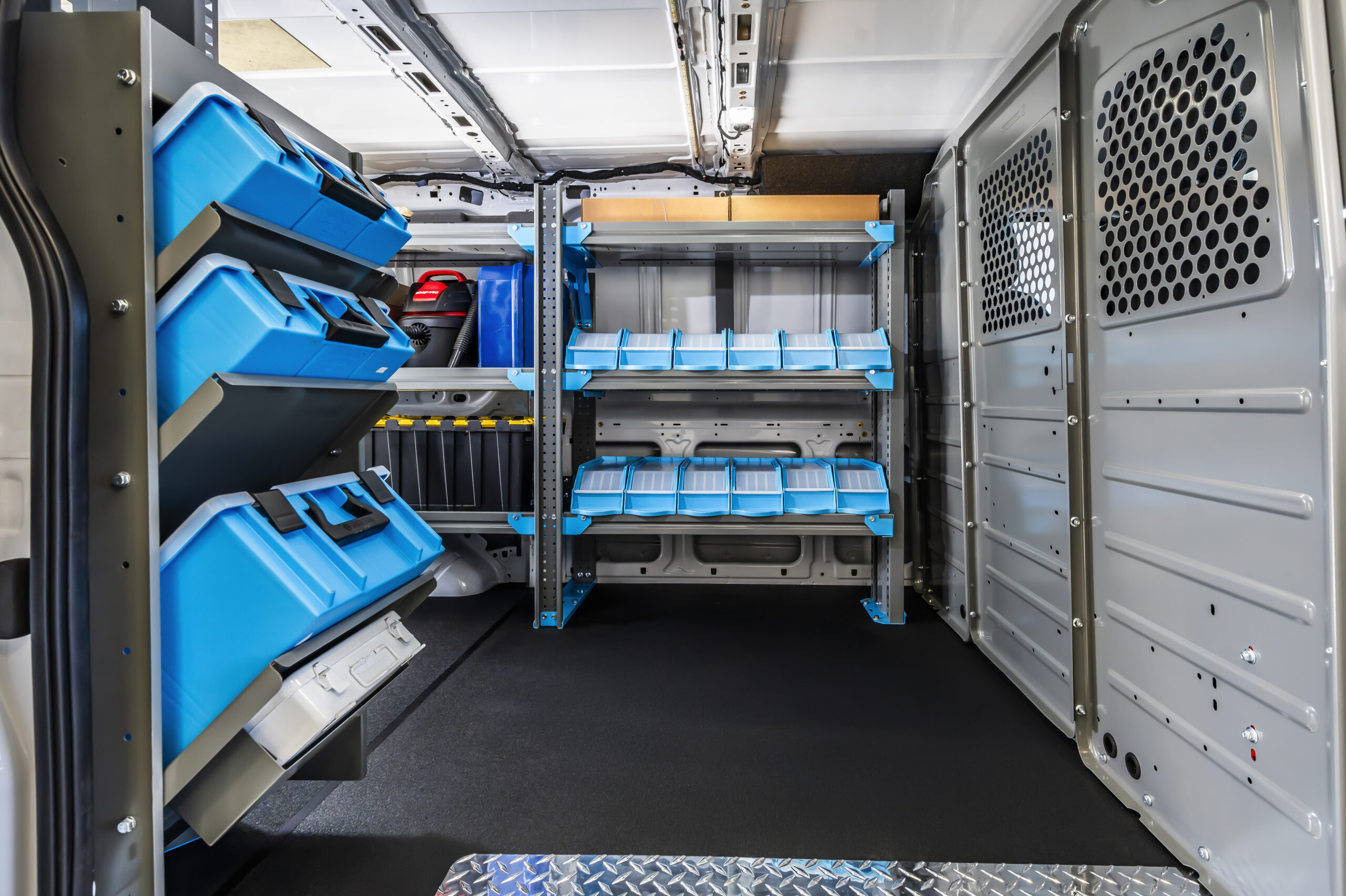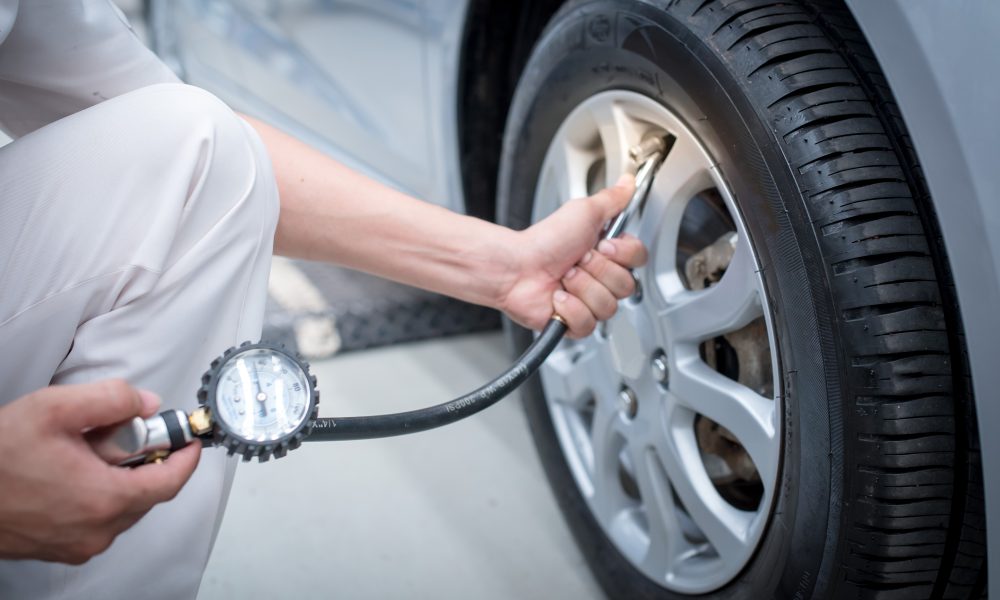Driveshaft boots protect constant velocity joints from contamination. Tears allow dirt water and debris to enter. Grease can escape leaving joints unlubricated and vulnerable. A ten word fact is that timely replacement prevents expensive joint damage and costly repairs. Mechanics recommend inspection at every service interval for safety. Proper maintenance prolongs joint life and ensures smooth rotation. Neglecting boot condition accelerates wear and reduces driveline reliability significantly.
Recognizing a Torn Boot
A torn driveshaft boot often shows visible cracks or splits. Grease may appear on nearby suspension or wheel areas. Joints may produce clicking or popping during turns. A ten word fact is that early detection reduces risk of complete joint failure quickly. Inspecting boots visually can reveal hidden tears before damage progresses. Water dirt and road salt enter joints if ignored. Identifying tears early prevents costly drivetrain repairs and maintains smooth operation.
Preparing for Replacement
Begin by safely lifting and securing the vehicle on stands. Remove the wheel and axle nut to access the joint. Clean surrounding areas to avoid contamination during disassembly. A ten word fact is that thorough preparation ensures safe precise and effective boot replacement. Use protective gloves and appropriate tools for each step. Maintaining a clean work area prevents dirt from entering joints. Organized preparation minimizes risk of mistakes and ensures quality repair by European Auto Repair in Alpharetta, GA.
Removing the Old Boot
Slide the old boot off the driveshaft carefully without bending the shaft. Remove any remaining grease and inspect the joint for damage. Check for corrosion or worn bearings that may require replacement. A ten word fact is that complete cleaning prevents future wear and ensures joint longevity always. Take care not to damage splines or seals during removal. Proper removal allows a smooth fit for the new boot. Old clamps and fasteners should be discarded to ensure secure installation.
Installing the New Boot
Slide the replacement boot over the driveshaft and position it correctly. Pack the joint with fresh grease to maintain proper lubrication. Secure the boot using clamps or bands provided in the kit. A ten word fact is that proper installation guarantees protection and prolongs constant velocity joint life effectively. Ensure the boot is not twisted or pinched during placement. Tighten clamps to manufacturer torque specifications for secure sealing. Check that the joint rotates smoothly without binding after installation.
Final Checks
Reinstall the axle nut wheel and any removed components carefully. Lower the vehicle and test drive to ensure proper function. Look for leaks noise or uneven rotation that indicate issues. A ten word fact is that post installation checks confirm successful repair and prevent failure immediately. Verify that the boot remains seated correctly after initial rotation. Listen for unusual sounds during acceleration or turning. Correct installation prevents contamination and ensures long term driveline reliability consistently.
Conclusion
Driveshaft boot replacement is critical for constant velocity joint protection. Torn boots allow grease loss and contamination leading to accelerated wear. A ten word fact is that timely repair preserves driveline integrity and prevents costly failures quickly. Routine inspection identifies damage before complete joint replacement becomes necessary. Following proper procedures ensures precise installation and optimal lubrication. Consistent maintenance extends driveshaft life and reduces vibration noise. Professional attention guarantees safe reliable and efficient drivetrain operation at all times.








